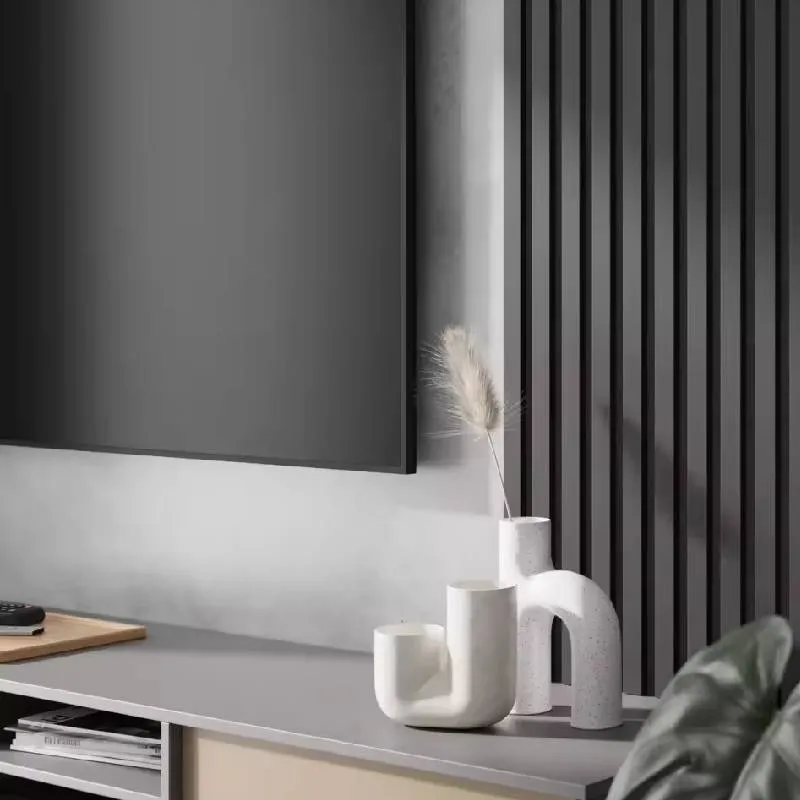Understanding Acoustic Felt Fabric An Overview
In recent years, as we become increasingly aware of the impact of sound on our environments, the demand for effective acoustic solutions has surged. One of the most versatile materials that has emerged in this field is acoustic felt fabric. This innovative textile has found its way into various applications, from commercial spaces to residential homes, thanks to its ability to enhance acoustic performance while also offering aesthetic appeal.
What is Acoustic Felt Fabric?
Acoustic felt fabric is typically made from recycled polyester or wool, which is then processed into a dense, non-woven textile. This fabric’s unique structure allows it to absorb sound waves, minimizing echo and reducing noise levels in a given space. The sound-absorbing properties of acoustic felt make it particularly effective in settings where noise reduction is crucial, such as offices, schools, theaters, and restaurants.
How Does it Work?
The effectiveness of acoustic felt fabric lies in its ability to disrupt sound waves. When sound waves encounter the porous surfaces of the felt, they are absorbed rather than reflected. This absorption occurs due to the fabric's thickness and density, which trap sound energy and transform it into a small amount of heat. As a result, this material significantly reduces reverberation time, creating a more pleasant auditory environment.
Moreover, acoustic felt is capable of absorbing a range of frequencies, making it efficient in tackling both low and high-frequency sounds. This versatility is one of the key reasons it is favored in various design applications.
Applications of Acoustic Felt Fabric
acoustic felt fabric

Acoustic felt fabric has a wide range of applications. In commercial spaces, it is often used to create sound-absorbing partitions, wall panels, and ceiling tiles. These installations not only help in managing noise but also enhance the overall interior aesthetics. The fabric is available in various colors and textures, allowing designers to integrate it seamlessly into different design themes.
In residential settings, acoustic felt can be found in upholstered furniture, wall hangings, and even floor coverings. Homeowners increasingly seek solutions that improve comfort and reduce noise pollution, making acoustic felt an attractive option. For example, using felted wall panels in a living room can dramatically alter the sound dynamics, providing a serene space for relaxation or entertainment.
Sustainability Aspects
One of the standout features of acoustic felt fabric is its sustainability. Many manufacturers prioritize eco-friendly practices, using recycled materials to produce the felt. This not only reduces waste but also minimizes the carbon footprint associated with textile production. As consumers become more environmentally conscious, choosing products made from sustainable materials has become a priority, further driving the popularity of acoustic felt.
Challenges and Considerations
While acoustic felt fabric offers numerous benefits, there are also challenges to consider. For instance, proper installation is crucial to achieving optimal noise reduction. Acoustic felt works best when strategically placed in areas where sound reflections are most prominent, such as corners and large wall surfaces. Additionally, while the material is durable, it may require periodic maintenance to keep it looking fresh and functioning effectively.
Conclusion
In summary, acoustic felt fabric is a significant advancement in the quest for effective sound management. Its ability to absorb sound, coupled with its aesthetic versatility, makes it an ideal choice for a variety of environments. As we continue to navigate increasingly noisy surroundings, the integration of materials like acoustic felt into our spaces will undoubtedly play a crucial role in creating more harmonious acoustic experiences. Whether in commercial or residential applications, acoustic felt fabric is proving to be a valuable asset to modern design and functionality.
